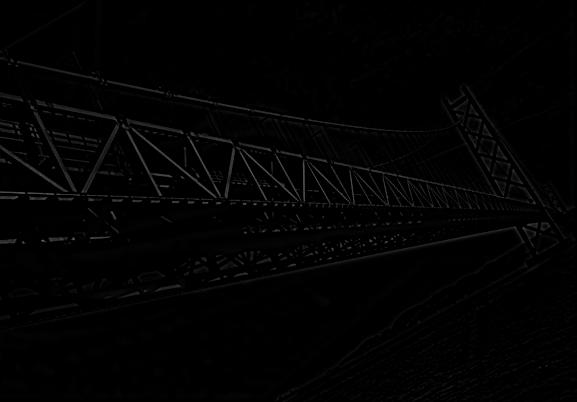1. Overview
In this project, a hybrid image which looks different based on
the viewer distance has been created by combining two images,
one with low-pass and one with high-pass. The low-pass image is
to be shown for a distant viewer, and the high-pass image is
for a close viewer. The frequency analysis has been conducted
based on the log magnitude of the Fourier Transform. Besides,
Gaussian and Laplacian pyramids have been implemented to
explain the perception process of a hybrid image.
2. Approach
A simple approach has been used to create low-pass and high-pass
images. A low-pass image is made by applying a Gaussian filter,
and a high-pass image is made by applying a Gaussian filter and
substracting the result from the original image. The freqeuncy
cut-off has been determined by varying sigma value for a Gaussian
filter. The filter size of (6 * sigma - 1) is used. The most
plausible sigma value has been found from several experiments,
and an average coefficient has been used to smoothly mix two
different images.
3. Results
Bridge and Train (Favorite Result)
The images have been carefully chosen. The train image which
doesn't have much detail would be used for low-pass, and the
bridge image which has detailed outlines would be used for
high-pass. As frequency cut-off, the sigma value of 4 has been
selected for low-pass while the sigma value of 15 has been
selected for high-pass. The average coefficient of 0.8 has been
used to normalize the high-pass image. The train body has been
aligned to the bridge. The FFT results show how the filters
have affected the frequency domain of images.
-
Original Images


-
Filtered Images


-
Hybrid Images at Different Scales




-
Log Magnitude FFT of Input Images

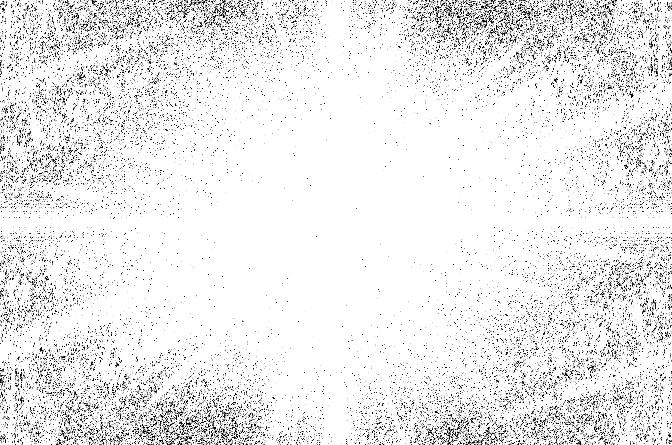
-
Log Magnitude FFT of Filtered Images
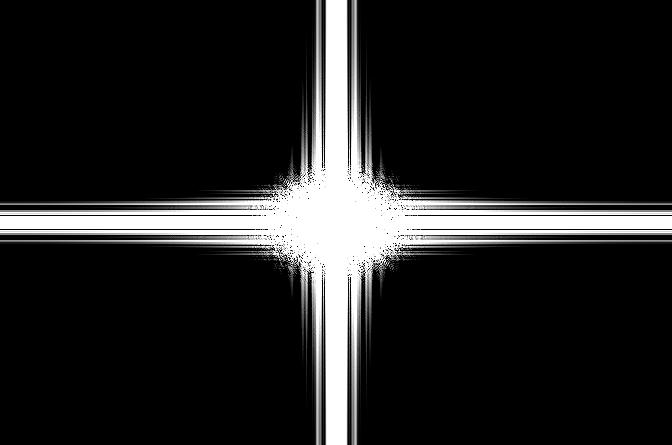
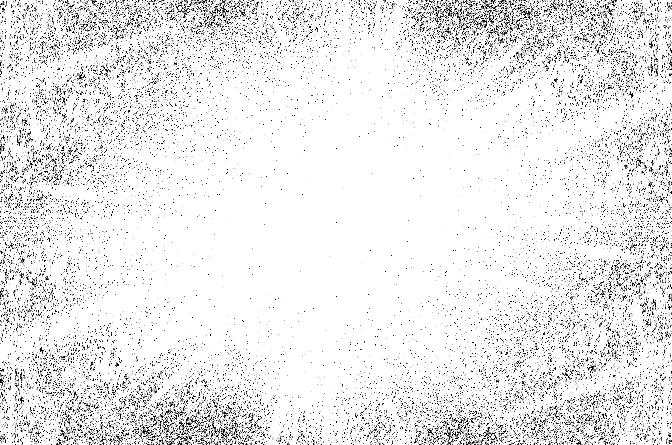
-
Log Magnitude FFT of Hybrid Image

Airplane and Dragonfly
As frequency cut-off, the sigma value of 2 has been selected
for low-pass while the sigma value of 20 has been selected
for high-pass. The average coefficient of 0.7 has been used
to normalize the high-pass image. The images have been aligned
in respect to the wings of airplane and dragonfly. The FFT
results show how the filters have affected the frequency
domain of images.
-
Original Images


-
Filtered Images

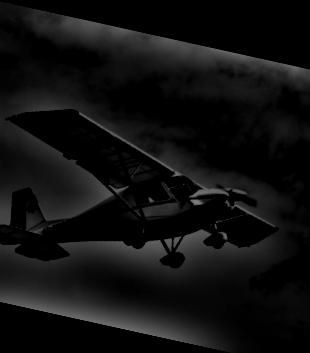
-
Hybrid Images at Different Scales
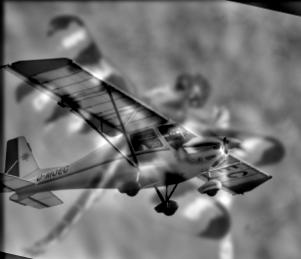



-
Log Magnitude FFT of Input Images
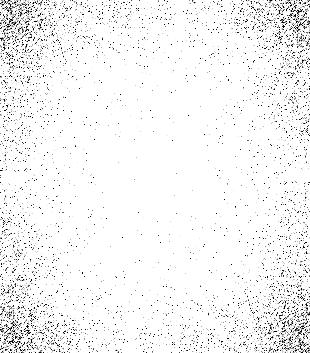
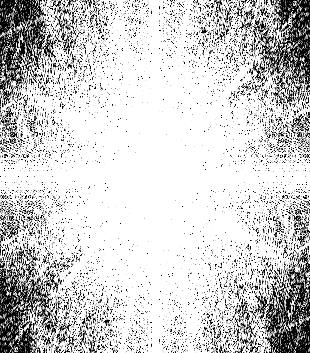
-
Log Magnitude FFT of Filtered Images


-
Log Magnitude FFT of Hybrid Image

Cotton Candy and Air Balloon (Failure Case)
The hybrid image of this case hasn't worked well. The final
frequency cut-off is 2 for low-pass and 30 for high-pass.
The main problem here is that the air-balloon details are
quite visible at a distant resolution. Lowering the
average coefficient to 0.2 to reduce the effect of high-pass
has helped a little bit, but the hybrid image is still not
effective. Also, the big frequency difference in the image
backgrounds has made the process harder.
-
Original Images


-
Filtered Images


-
Hybrid Images at Different Scales




-
Log Magnitude FFT of Input Images


-
Log Magnitude FFT of Filtered Images


-
Log Magnitude FFT of Hybrid Image

4. Bells and Whistles
Gaussian and Laplacian Pyramids
Gaussian and Laplacian pyramids have been created to show the
components of the hybrid image with 'train and bridge'. The
left column represents the Gaussian pyramid that has lower
resolution as going down, and the right column represents the
Laplacian pyramid which is obtained by substracting two
adjacent images in the Gaussian pyramid. Notice that the train
becomes more sensible as the resolution gets lower in the
Gaussian pyramid while the bridge details fade away in the
Laplacian pyramid.
-
Output of a Laplacian Pyramid Revaling the Components
of the Hybrid Image

